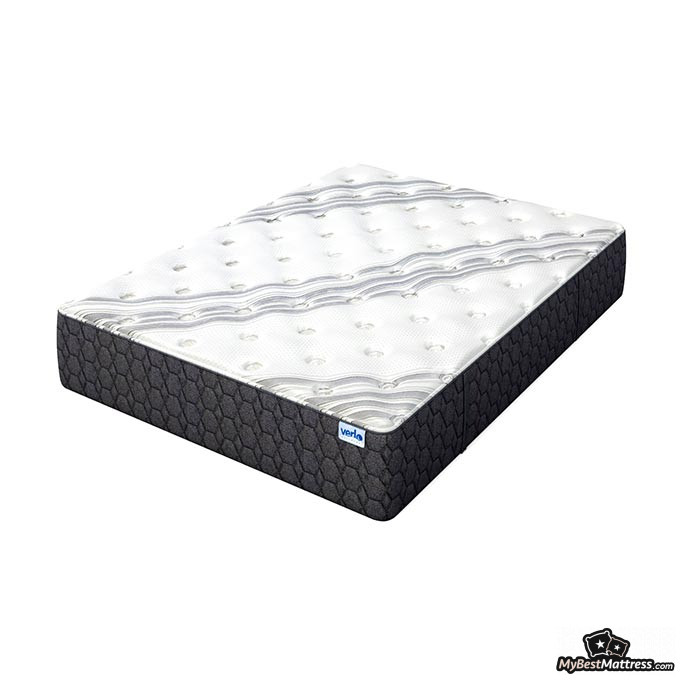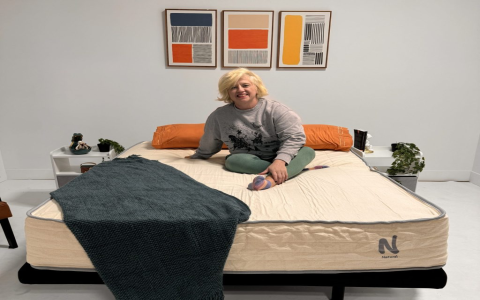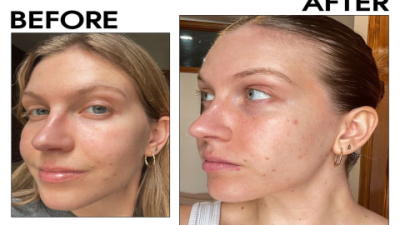Let’s be honest — shopping for a new mattress is a pain. There’s this endless parade of big-brand promises, online discounts blinking in your face, and then there’s Verlo, with its old-school local reputation. I’ll admit, when I first heard about Verlo, my expectations were, well, suspiciously average. Was it going to be a game-changer? Or just another company with shiny brochures?
Anyway, I went all in reviewing everything I could about Verlo mattresses. And since not everyone wants a “bed-in-a-box” from a mystery warehouse, I figured you might want a real, not-too-corporate deep dive, with some honest-to-goodness human observations. So here it goes. Consider this your no-frills, occasional ramble, full-disclosure rundown — with some tables, lists, and facts tossed in along the way (because, hey, I like neat things too).
Who — Or What — Is Verlo?
Verlo is kind of a throwback in the mattress space. They didn’t just pop up with a splashy influencer campaign. They started way back in the 1950s, deep in Wisconsin, handcrafting mattresses for local folks. Now, I wouldn’t call them a “giant,” because you still won’t see them everywhere. But if you’re in the Midwest or a lucky part of the U.S., there’s probably a Verlo shop not too far.

They’ve got this whole “made local, made for you” approach. That means, when you buy a mattress from Verlo, it actually gets built in a local workshop. No shipping from somewhere far, no weeks spent compressed in a box. You get to walk in, lie down (awkwardly, with your shoes on, probably), and pick what feels right. It’s a little old-fashioned and kind of refreshing.
- Custom comfort: You pick your firmness. No “one size fits all” attitude.
- Lifetime adjustments: If your needs change, they’ll tweak it. This is…almost unheard of elsewhere.
- Sustainable materials: Eco options, if that matters to you (it probably should).
- Direct sales: Buy from the people making your bed, not from some anonymous web form.
Let’s Break Down the Mattress Lines
I’ll be honest, Verlo’s numbering system can get confusing real quick. Here’s how it shook out for me while trying to make sense of it all:
| Verlo Line | Feel | Main Stuff Inside | Extras |
|---|---|---|---|
| V1 | Not super soft, not rock hard | Basic innerspring | Quilted top, basic starter |
| V3 | From plush-ish to firm | Gel foam + innerspring | Cooler covers |
| V5 | Choose: plush, firm, or in-between | Memory foam, innerspring | Edge boost, a step up |
| V7 | Adjust for your feel | Latex hybrid | Breathes better |
| V9 | Totally customizable | Latex, gel, tiny coils | Zones for support |
| V11 | Luxury, really | Natural latex, hand built | The fanciest one |
What’s weird (in a good way): They actually ask you to come try all of these in the store. No pressure, some mild radio music, and definitely a few “is this person really testing every bed?” looks from other shoppers.
How Real Is the Customization?
Here’s what I noticed: Most brands want the sale to happen online so you can’t second-guess your pick. Verlo flat-out says, “Come try our stuff and we’ll fix it if you’re not happy.” If your back randomly starts hurting in a year, they’ll actually swap out layers. Some folks told me in reviews they’ve had their mattress made firmer or softer years later, with just a little fee. Not a full replacement. More like an update to your old favorite jeans.
- Side sleepers? You probably want their plushier models (V or higher).
- Stomach/back sleepers? Go firmer (V or firmer side of V5).
- Sharing the bed? You can



